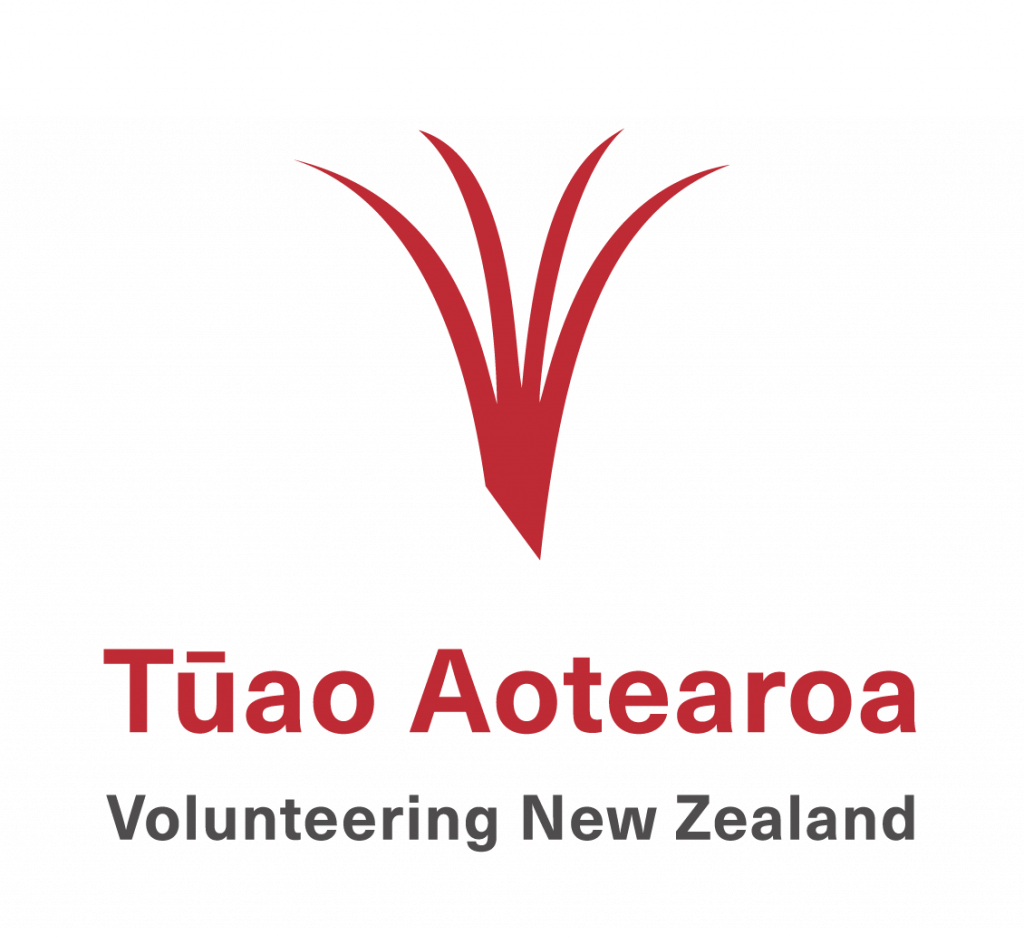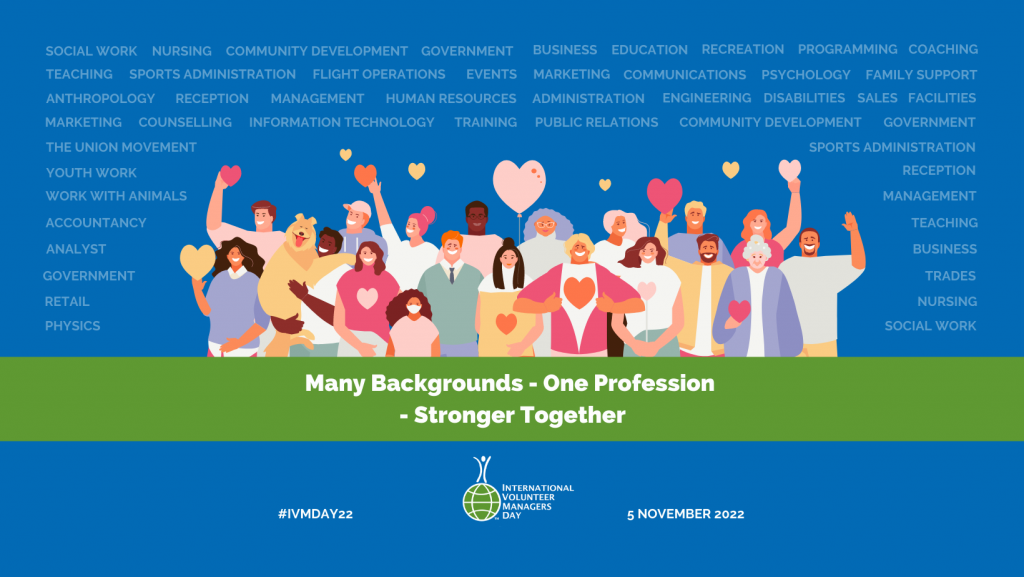In October it is Mental Health Awareness week, it is a great time to take stock and check in with volunteers and see how they are doing.

I have been involved in not for profits and charitable groups most of my life and I know from experience that as a volunteer it is normal to give of your time, skills and personal resources often selflessly for the purpose of the mission. Most volunteers are typical “Yes Men”, juggling multiple requests of their time and resources, but aren’t we all, right. Managing volunteers, services and special projects at a Not for Profit Organisation require some specialised juggling moves. So what happens when one of those balls drop, the Jenga tower tumbles or the dominoes fall? As a volunteer manager or team leader we have a responsibility to remember that there is a living, breathing person behind that volunteer on our team. So how good are we at considering the wellbeing of our volunteers? When was the last time you made time to sit down for a chat with your volunteers and ask them how they were doing, not just how the project was going? Do you have a wellness plan for your organisation, has your board discussed support options they want to make available to staff and volunteers when these moments arise?
For one organisation I volunteer with this was more than a good idea that we would consider for the next annual plan, it quickly became a necessary asset when one of our key staff members took a six month break due to a lapse to their own mental health. As an organisation we had act immediately to support them and their journey to better health. We also had to set up extra support structures for other staff as their workload increased as a result of the other staff member going on immediate long term leave. In the days and weeks that followed it was quickly evident that although the staff were generous with their offers to take on extra responsibilities, this juggling act was not a long term solution and we needed to think beyond the day to day even past the six months when our staff member returned to work and look at what our long term strategy was to create well beings.
Now we are by no means at the end of our journey or because we have done some work in this area are not claiming that we have now become wellness experts, but here are some of the things that we have done that has helped form our wellness plan and make our little NFP org better place to work.
Make Asking for Help the New Normal
Not just from your internal colleagues but we also found it incredibly helpful to ask for outside help too. There are plenty free/low cost options from general advice through to individual counselling sessions available from other mental health support services in your local community and wider. These types of services specialise in non biased non judgemental support and can help you decide the next crucial steps for your organisation to take.
Look at your Staff Workloads and Reassess Projects
Ask your team to look at roles in and ask yourself some of these questions;
Are you adding to workloads by double even triple handling tasks?
Can two jobs be combined into one job or can a job be broken into smaller easier to manage pieces?
Are there any processes that can be stream lined?
Take time to list out all current and upcoming projects and their progress. Are all projects necessary right now or can they be side-lined? Maybe they need to be reassessed to see if they still fall within the organisations purpose and scope.
Make Risk and Wellness a Set Point in Board and Team Meetings Agenda.
Take opportunities at Team Meetings to do a round table to check in with each other, use open-ended questions to so you can tease out answers with more that one syllable. Along with discussing Health and Safety talk about Risk and Wellbeing in Board Meetings and Management Meetings. Staff Wellbeing does have an affect on outcomes so if wellness is poor then there is a risk to business outcomes and it needs to be assessed and responded to like any other risk to the organisation.
Encourage Staff/Volunteers to Make Good Wellness Choices by Setting the Example.
Have regular morning teas together, this helps with building a connected team and getting staff away from screens. Explore different options to make the morning cuppa a bit more fun, like going as a team to sit outside in the fresh air and warm sun or set up a home baking roster. Try a walking meeting with a colleague, rather than sitting in a meeting room under harsh lighting, get outside for your meeting.
If your office/site is able to accommodate it try allowing staff to bring in plants or pets into the office. Both plants and pets have been found to reduce stress and increase endorphins, so let our green and paw friends for regular visits.
Mental Health Awareness Week
Finally my last point is this, don’t just think about Mental Health and Wellness once a year during Mental Health Awareness Week, when you get a reminder in an email or you read an article in a newsletter. There is plenty we can all do that doesn’t require a management approved plan or a roll out of branded marketing resources. Make today the day that you take steps towards better wellness, no need to wait until the education manager releases the training toolkit or a new app update for your phone. It is time to take wellness seriously not just for ourselves but also those around us.
- Corrine Coombe.
 Corrine works as an administrator by day, but her real passion is volunteering. From sausage sizzles and car washes, to organising community education classes and fundraising fashion shows she gets involved in it all. Corrine is also a VNZ Board Member.
Corrine works as an administrator by day, but her real passion is volunteering. From sausage sizzles and car washes, to organising community education classes and fundraising fashion shows she gets involved in it all. Corrine is also a VNZ Board Member.
Mental health and wellbeing Resources:




About The Author: Michelle Kitney
Chief Executive, Volunteering New Zealand
More posts by Michelle Kitney